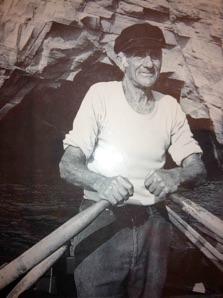webdesign: Giosuè Centomani










Gandfather Pasquale
sixties
Hiking in current
Protected Area
(Underwater Park Gaiola)
In Pictures Cave of Thunder



History









